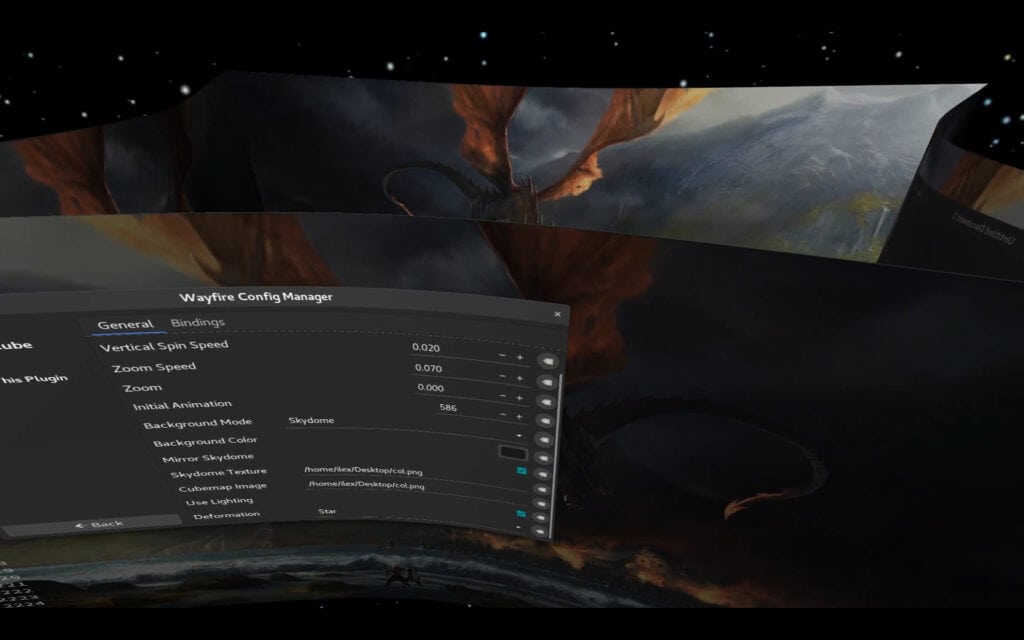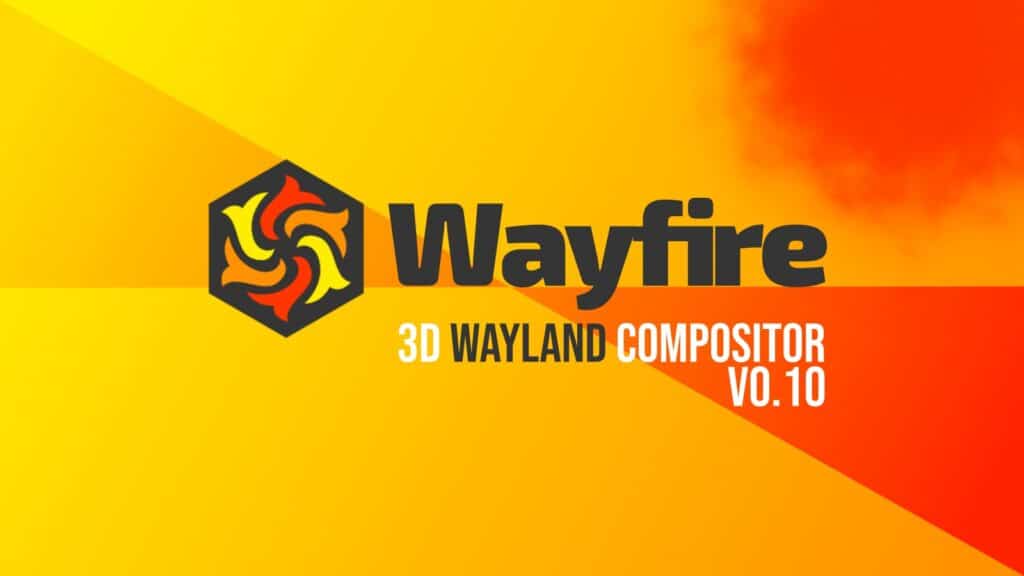Wayfire, a Compiz-inspired 3D Wayland compositor built on wlroots that supports advanced effects such as window animations, tiling, and eye candy similar to Compiz, has released version 0.10, marking the first update in over a year. The new version introduces several key technical changes and feature improvements.
The most notable among them is that per-device input configuration is now supported. Users can set options for each input device separately by starting Wayfire with -d input-devices to check device-specific configuration sections. Adding a new device still requires a compositor restart.
Moreover, the rendering system has been reworked to integrate with wlroots, allowing experimental support for Vulkan and Pixman in addition to the existing OpenGL ES backend.
It’s important to note that plugins that directly use OpenGL, including Cube, Wobbly, Blur, and several Animate effects, are disabled when using Vulkan or Pixman. Users can enable alternative renderers with WLR_RENDERER=vulkan or WLR_RENDERER=pixman.

Furthermore, color management is now available through per-output ICC profiles. Profiles can be assigned in the configuration file. With GLES, the vk-color-management plugin is required; with Vulkan, color handling is done in core.
The Animate plugin has been expanded, with new effects, including “squeezimize,” a magic-lamp-style minimization, as well as spin and zap window transitions. Plus, external plugins can also implement custom animations.
Other technical updates include:
- New IPC methods: keyboard layout control, sending views to workspaces, and cursor position queries.
- Compatibility with wlroots 0.19.
- Better resize plugin handling of minimum and maximum window sizes.
- Xwayland startup script support, allowing commands to be executed on startup and restart.
Wayfire 0.10 also includes numerous smaller fixes and stability improvements. Full details are available in the git log. The release announcement is here.
